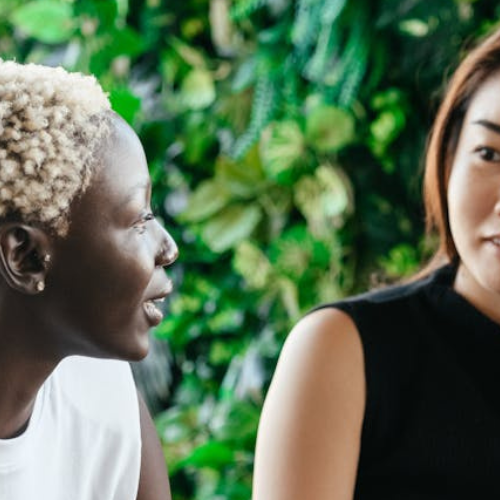Colson Task Force Tackles ‘State of Crisis’ in Federal Prison System with Wide Reaching Recommendations
 A task force charged with developing recommendations for overhauling the federal prison system unveiled a six-point plan on Tuesday to reduce the federal prison population by 60,000 and save approximately $5 billion in the next decade.
A task force charged with developing recommendations for overhauling the federal prison system unveiled a six-point plan on Tuesday to reduce the federal prison population by 60,000 and save approximately $5 billion in the next decade.
The Charles Colson Task Force on Federal Corrections—a nine-person, bipartisan group established by a 2014 Congressional mandate in response to mounting concerns over the scale and cost of the U.S. Bureau of Prisons (BOP)—detailed its recommendations in its final report, Transforming Prisons, Restoring Lives, which was presented this month to Congress, the U.S. Department of Justice, and President Obama.
“The BOP has been operating at crisis levels for decades,” said former U.S. Rep Alan Mollohan (D-WV), vice-chair of the task force. “As a result, its policies and practices have not kept up with basic practice in the field, presenting a missed opportunity to rehabilitate those who are confined in federal prisons and thus promote public safety.”
At the root of the panel’s recommendations is a call to end the current “one-size-fits-all” approach to punishment in the federal system, instead reserving prison sentences for those convicted of the most serious federal crimes. With 80 percent of the people serving time in federal prisons for drug convictions having no prior criminal history, mandatory minimum sentences for drug offenses should be reserved for those found to have served in leadership roles in drug cartels, the report states.
“We have laid out a detailed roadmap of ambitious, consensus-based recommendations that place public safety first while reserving prison for those who truly need it,” said former U.S. Rep J.C. Watts, Jr. (R-OK), chair of the task force. “While the scale of the challenge is greater than any of us expected, this task force is nothing but optimistic about the future.”
The report also calls for greater attention to be paid to the environment inside federal prisons, and for the safety of staff and the rehabilitation of those incarcerated to be made priorities. The report suggests identifying and addressing staff shortages, reviewing inmate-housing assignments, and focusing on each incarcerated individual’s risk and needs level.
“Even though we’re calling for some investments, resources are finite,” said Pennsylvania Department of Corrections Secretary John Wetzel, a task force member and co-chair of the CSG Justice Center. “A risk-need tool guides those resources in housing placement, in program placement, and ultimately in release.”
He added: “We need to focus on science and deliver programs that have people achieving our goal, which is ‘get out and never come back.’”
To further lower prison populations and bolster public safety, the report recommends incentivizing participation in programs that are proven to reduce recidivism by allowing people to earn time off of their sentences. The task force also argues for interagency collaboration to ensure the success of people reentering society after incarceration, as well as a more evidence-based approach to criminal justice that delivers public safety at less cost.
“Nothing short of system transformation is acceptable at this time in our history,” Wetzel said. “We call for the Bureau of Prisons to do more, but we have to help them.”
The task force was named after former special counsel to President Nixon, Charles Colson, who founded the world’s largest prison ministry and advocated for prison reform after serving time in federal prison for his role in the Watergate scandal. Through an agreement with the U.S. Department of Justice’s Office of Justice Programs, The Urban Institute and the Center for Effective Public Policy provided research, analysis, and strategic guidance to aid in the development of the task force’s final recommendations.
In response to growing calls for police reform in New Jersey, particularly following the shootings of Najee Seabrooks…
Read More Three Things to Know About New Jersey’s Groundbreaking Community Response Legislation
Three Things to Know About New Jersey’s Groundbreaking Community Response Legislation
In response to growing calls for police reform in New Jersey, particularly…
Read More Apply Now: Join a Learning Community for Community and Crisis Response Teams to Improve Responses to Youth
Read More
Apply Now: Join a Learning Community for Community and Crisis Response Teams to Improve Responses to Youth
Read More
 Apply Now: Join a Learning Community Focused on Substance Use and Overdose Community Response Programs
Read More
Apply Now: Join a Learning Community Focused on Substance Use and Overdose Community Response Programs
Read More













